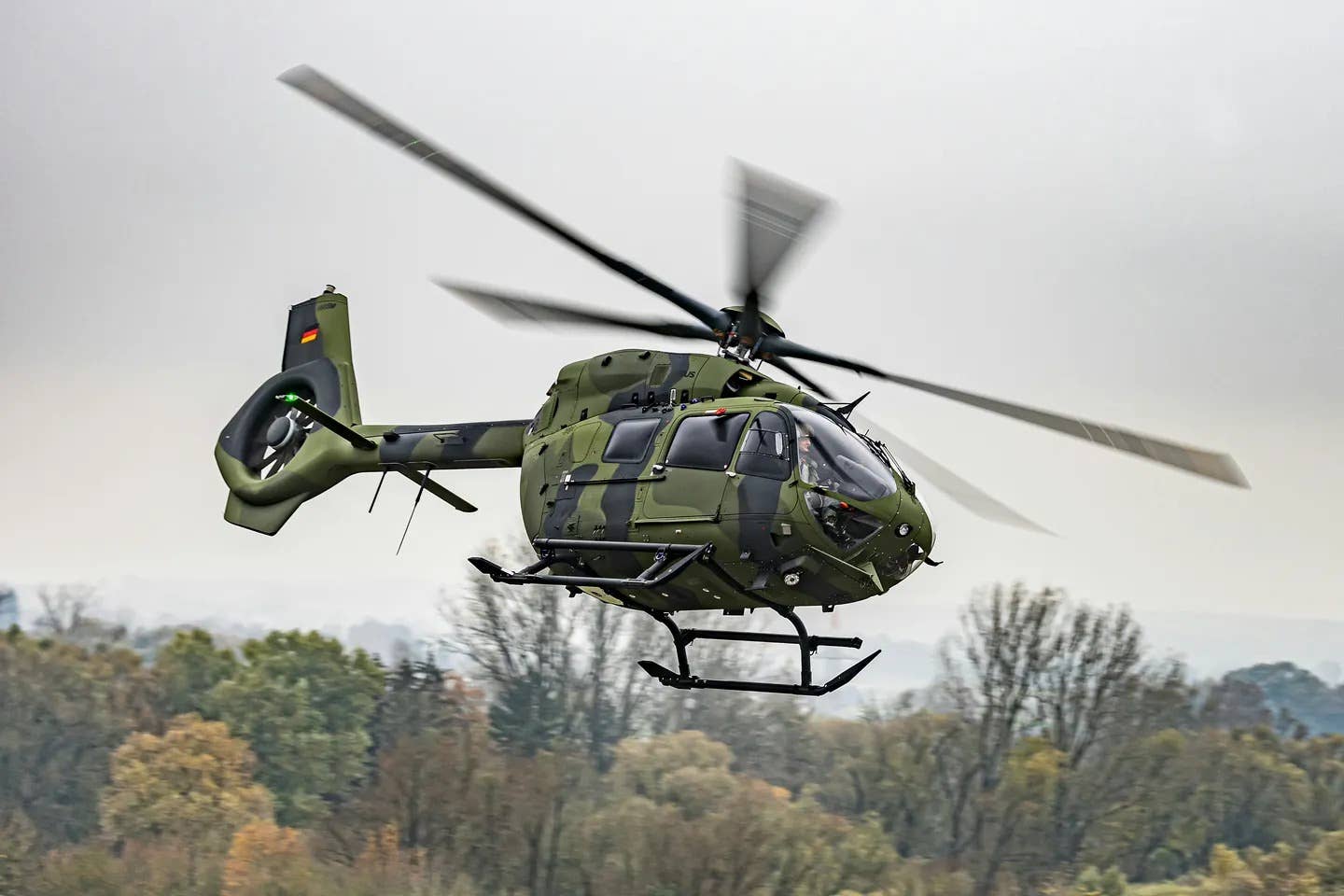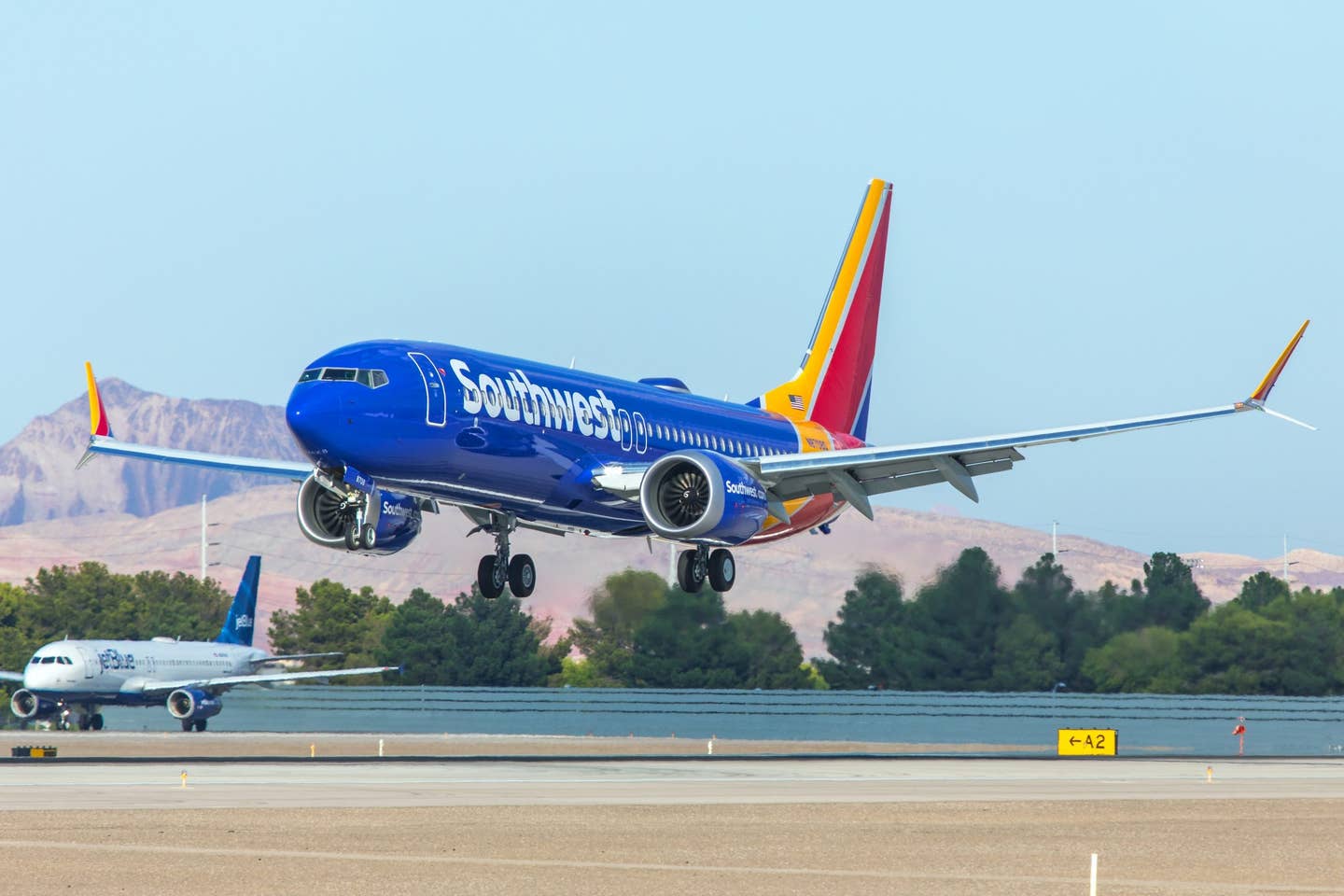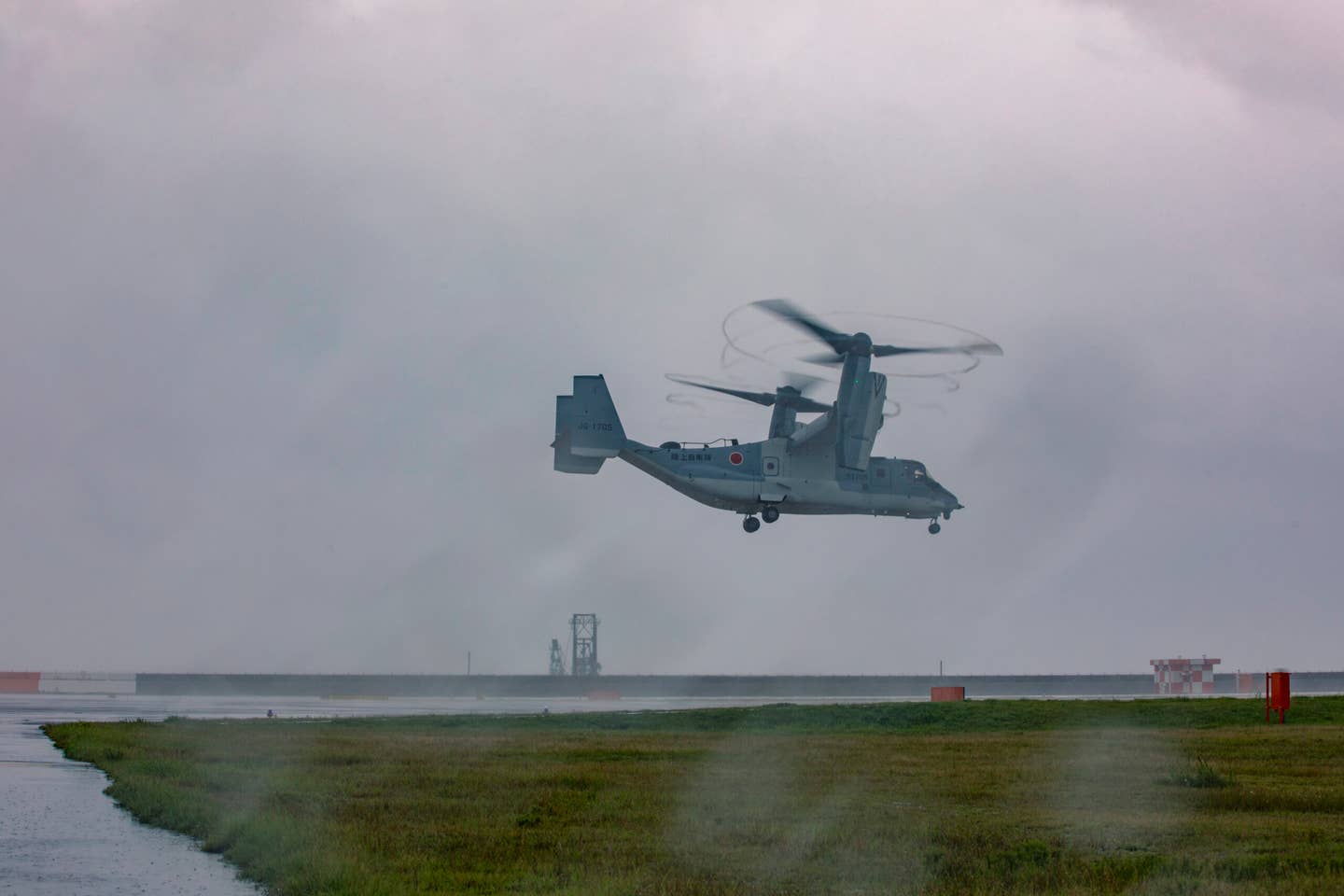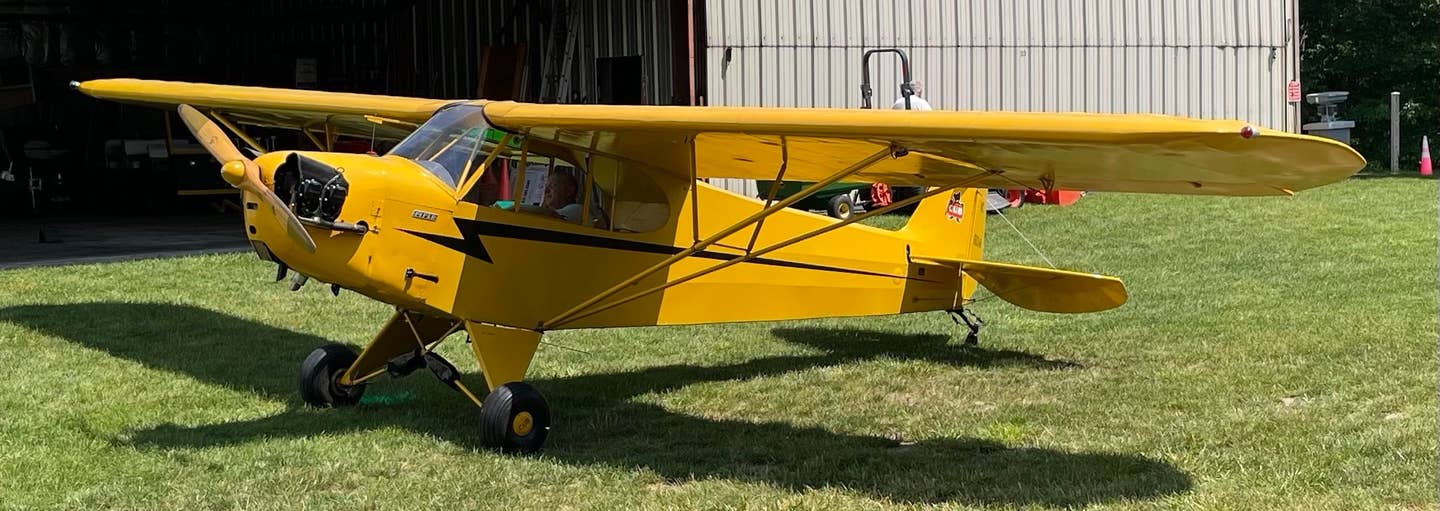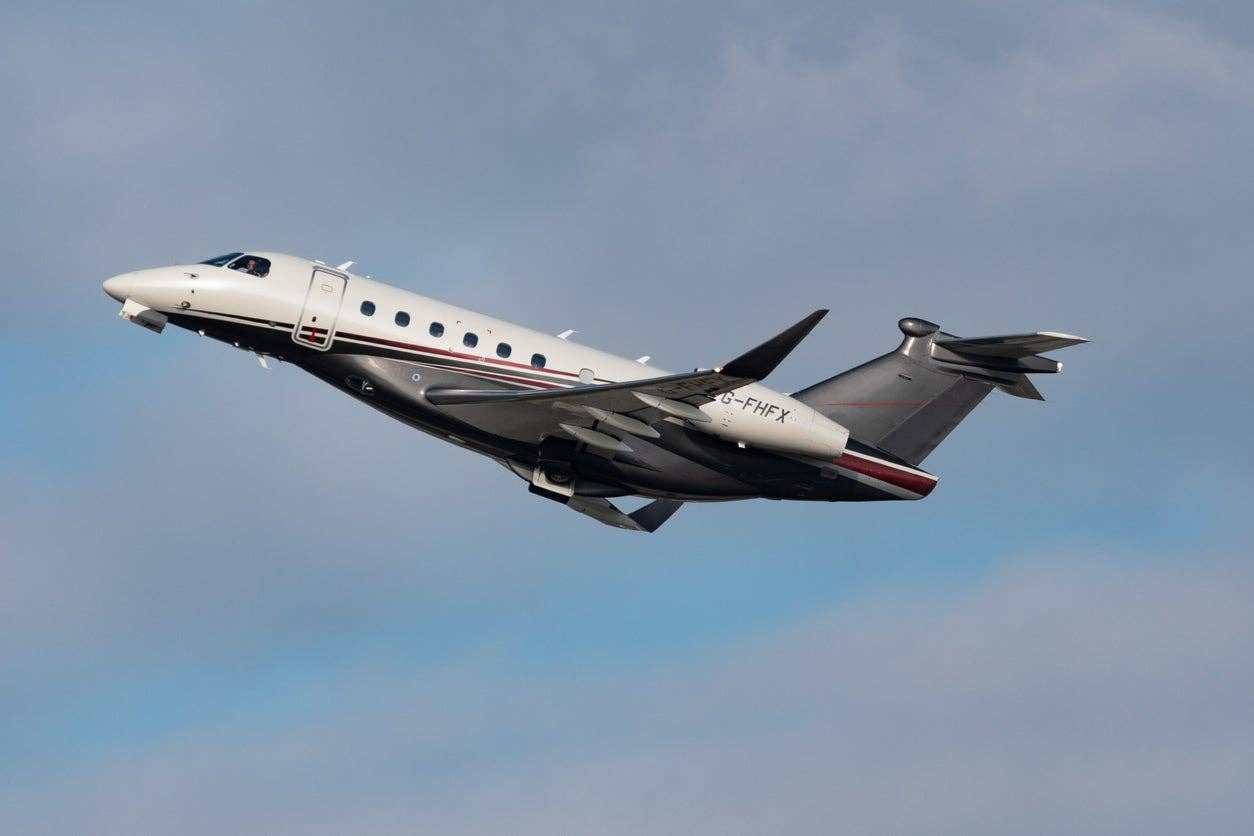
Les Abend
At my day job, it's easy to take for granted that most aspects of flight planning are generated by typing the appropriate codes into the computer. The data have already been entered by the dispatcher and the load planner. For the most part, my job is to simply review the information.
When I made the decision to fly my own airplane to EAA's AirVenture 2010 for the very first time (I've been an owner for only a year), I looked forward to managing the entire flight planning process without the aid of a dispatcher. Where would be the most efficient and economical place to stop for fuel on my 682-mile journey? IFR or VFR? How would I position passengers and baggage for proper loading? How would I best comply with the 32-page notam for arrival and departures? This would be fun stuff.
The resources available in today's GA world make my earlier days of sectional charts, plotters and E6Bs appear as though I flew with the Wright brothers. Of course, the Wright brothers didn't have to contend with slot time reservations.
Prior to departing from my fuel stop, a text message from a friend indicated that Oshkosh was closed. As most of you are aware, prior to opening day Wittman Field Regional Airport had transformed itself into the Florida Everglades because of heavy rains. Parking on the grass was all but impossible. On the Monday of our arrival, the ATIS stated that the airport was closed … except for show airplanes and those with reservations at the local FBO ramps. On a hunch, I had made such a reservation in addition to an IFR slot reservation. But I couldn't be sure as to our status.
I didn't want to enter the airspace only to be diverted elsewhere to Oshkosh purgatory. I called a Lockheed Martin FSS briefer via the 800 number. The briefer had no specific information for IFR arrivals with slot reservations. I pressed the END button on my cell phone and thought for a moment: Why not call again, but this time enter the phone tree selection for a Wisconsin briefer? Although the tactic yielded a direct number to Oshkosh tower, the line was busy. There was no doubt that the line would remain so, probably forever. The second briefer did seem to imply that an IFR arrival shouldn't be a problem.
I noted the time. If I departed within the next few minutes, I might have another problem. I could be early for my slot window. Hmm … surely we wouldn't be turned away. Oh, what the heck? I herded my friends back into the airplane. We launched skyward and retrieved our IFR clearance while airborne.
Knowing that hundreds of airplanes were littered about the satellite airports, I couldn't contain my grin when we were cleared for the RNAV approach to Runway 27. With a professional pilot friend acting as copilot, I had briefed the approach just as I do for my day job. I marveled at the magic of the GPS to integrate the glideslope indicator into the procedure. The 777 just couldn't compare. …
The touchdown of my Cherokee Six onto the concrete of the world's biggest and most sacred gathering of aviation enthusiasts was a first that was a long time coming. My feelings were difficult to put into words. Pride. Accomplishment. A sense of participation in an event that represented our freedoms. A couple of days later I would share those feelings with another pilot who had experienced his own first arrival into Oshkosh, except that he had done so in an airliner.
Through a careful orchestration of logistics with EAA officials, American Airlines had arranged to fly in its "yellow ribbon" 737, the Flagship Liberty. Through the Honor Flight Network, the airplane was to carry approximately 80 World War II veterans from Oshkosh to Washington, D.C. The veterans would visit the sites of various memorials and then be flown back to Oshkosh later in the evening. American Airlines is a quiet and very large supporter of the network. The carrier utilizes one of its own captains as a managing director of veterans initiatives. The flight corresponded to the EAA 2010 theme, "Salute to Veterans." Actor Gary Sinise and his Lt. Dan Band would also be transported in order to perform on Friday night.
As an additional bonus, the 737 would be parked nose to nose at AeroShell Square with the original American Airlines Flagship Detroit DC-3. The restored 1937 airplane is owned and operated by volunteers of the Flagship Detroit Foundation, of which I am a lifetime member.
I took pictures shortly after the 737 reached its center-stage parking spot and then put the camera down. The contrast of the two technologies was apparent to even the most casual nonaviation observers. The fact that the older technology had safely transported troops during this country's involvement in a war of historical proportions was not lost on anyone.
It was on board the 737 in the first-class section that I was able to greet the crew. Capt. Bill Crawford and First Officer Gary Brown had been at the controls when the airplane arrived from Chicago. Both men were dressed uncharacteristically in khaki pants and a white polo shirt embroidered with the AA logo. Very cool. The casual attire seemed to blend better with the ambience of Oshkosh.
Both Bill and Gary had been randomly called by their Chicago chief pilot to fly the mission. They gladly offered their time on their days off to participate. Often, special-event duty is given to check airmen. But in this instance, regular line pilots were recruited. The fact that both pilots were veterans themselves made the mission even more significant.
Bill had been an A-6 pilot in the Marines, the "real Navy," he said. And Gary had flown F-16s, C-17s and other airplanes in the Air Force. It was Gary who was attending Oshkosh for the first time. He beamed with enthusiasm.
The flight was dispatched as a charter from O'Hare. I asked how the operation differed from a regular scheduled flight. Not surprising for airline pilots who were comfortable with their environment, the answer was "not much." However, a little more attention to detail had been required.
Although flight attendants were part of the crew, gate agents were not present to perform normal boarding duties. All of the approximately 30 inbound passengers were a combination of pilot management-types and administrative personnel. Employees didn't require the same kind of attention, especially for a charter flight. An agent had to be requested to move the jet bridge away from the airplane for pushback.
As an additional detail, fuel had to be tankered from O'Hare to Oshkosh, meaning more was carried on the airplane than was required for the flight. The leftover fuel would be used for the trip to Washington. Fuel at Wittman Field was prohibitively more expensive than the airline price was.
Bill indicated that he had studied the Oshkosh airport diagram prior to departure. If conditions permitted, he would attempt to comply with the request to turn off onto the taxiway that led from Runway 36 into AeroShell Square at show center. An 8,000-foot runway shouldn't present a problem. Although the 737 has a 40-degree flap selection that provides for slower approach speeds, Bill elected to utilize 30 degrees. Why?
The selection of 40 degrees of flaps activates an additional pair of spoilers on each wing. The additional pair of spoilers increases the sensitivity of roll control. The increased sensitivity can sometimes surprise a pilot new to the airplane. Incidents of pilot-induced oscillations, or PIO, have been known to occur. Bill was a veteran of the 737. Although he wouldn't succumb to a PIO event, he wanted the ability to maneuver without jeopardizing a smooth operation. He had a lot of critics riding in the passenger cabin. Good thinking.
The airplane was slowed earlier than normal to prepare for any contingencies that might occur from the variety of arriving aircraft types. The flight was cleared for the ILS approach to Runway 36, but for some undetermined reason, the glideslope failed to activate. Not a problem.
Bill had deployed the HUD. The HUD has flight path vector capability. It was a simple matter of placing the flight path vector symbol on the runway threshold and following the virtual glideslope. The strategy must have worked: The airplane was able to turn off into AeroShell Square as planned.
Although Bill smirked about his "firm" landing, he claimed that his passengers were easily impressed. They offered accolades for his performance.
I asked both pilots to reflect on their initial thoughts upon landing at Oshkosh. After offering praise for the efficiency of the EAA volunteers' handling of the operation from taxi to tow-in, they both echoed a common theme, part of the theme I had already heard in my own head: Bill and Gary shared a sense of pride for their mission. What could be a bigger privilege than to honor the men and women that had protected this country so many years ago? The privilege of representing American Airlines and their pilots was an added bonus. In addition, participating in an event that is the very epitome of our freedoms as American aviators is a benefit not to be taken for granted.
I am glad to have shared an Oshkosh first with Gary. An airline pilot attending the event is certainly not a unique occurrence. Even with the hours and the years of safely flying people from point A to point B, we will always have the opportunity to experience new frontiers. In that regard, I look forward to my next "first."

Sign-up for newsletters & special offers!
Get the latest FLYING stories & special offers delivered directly to your inbox

